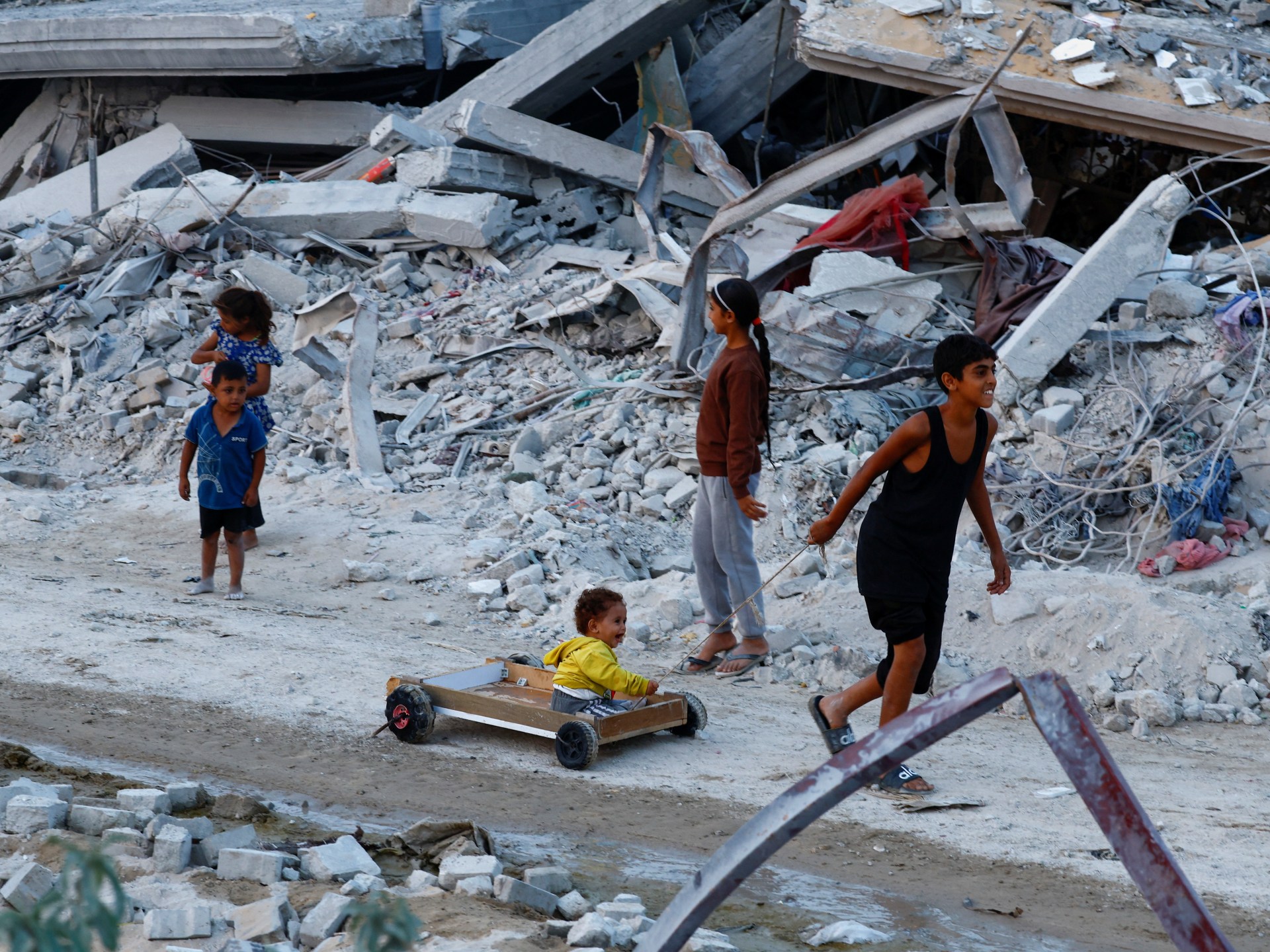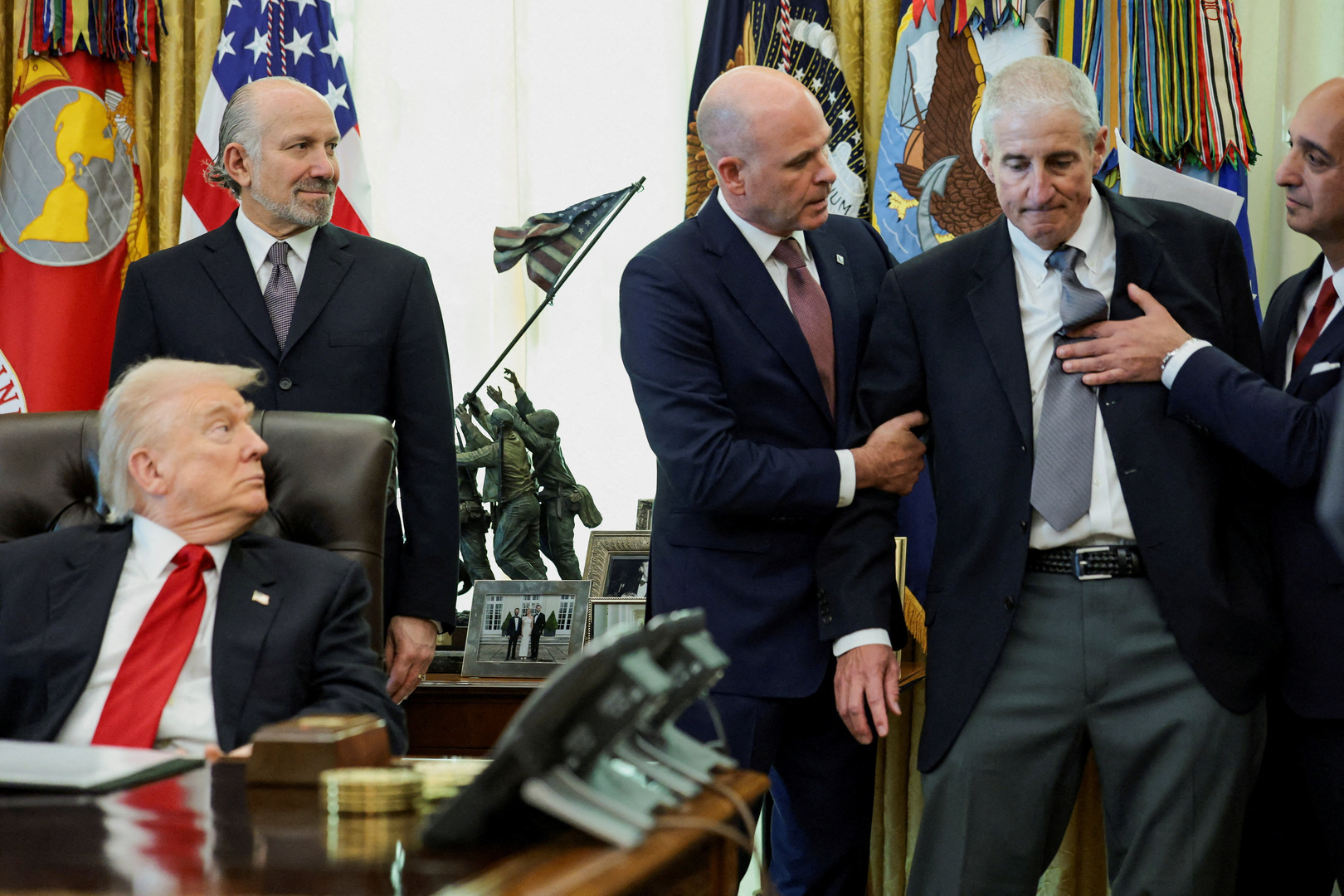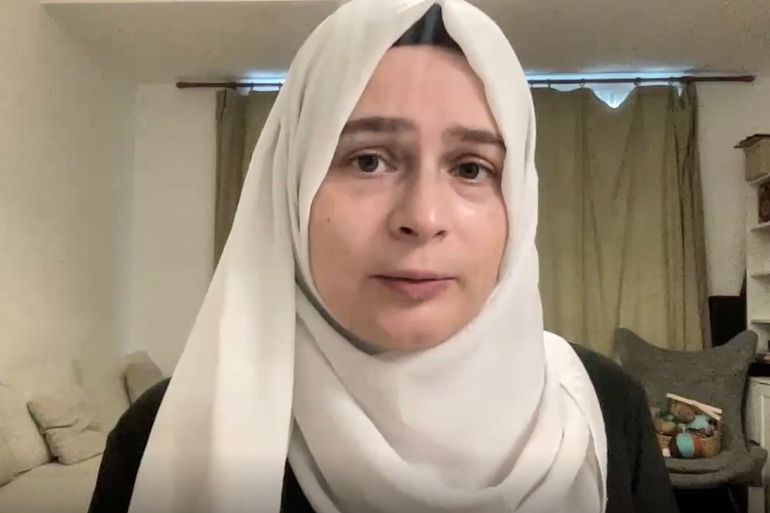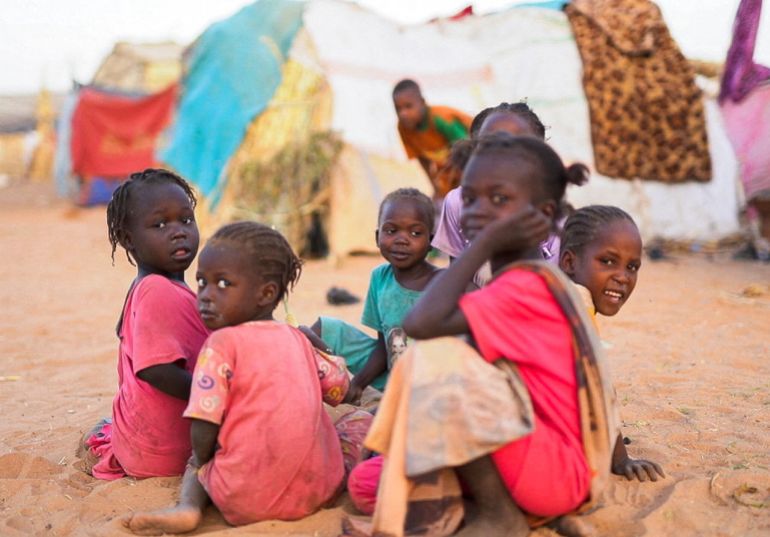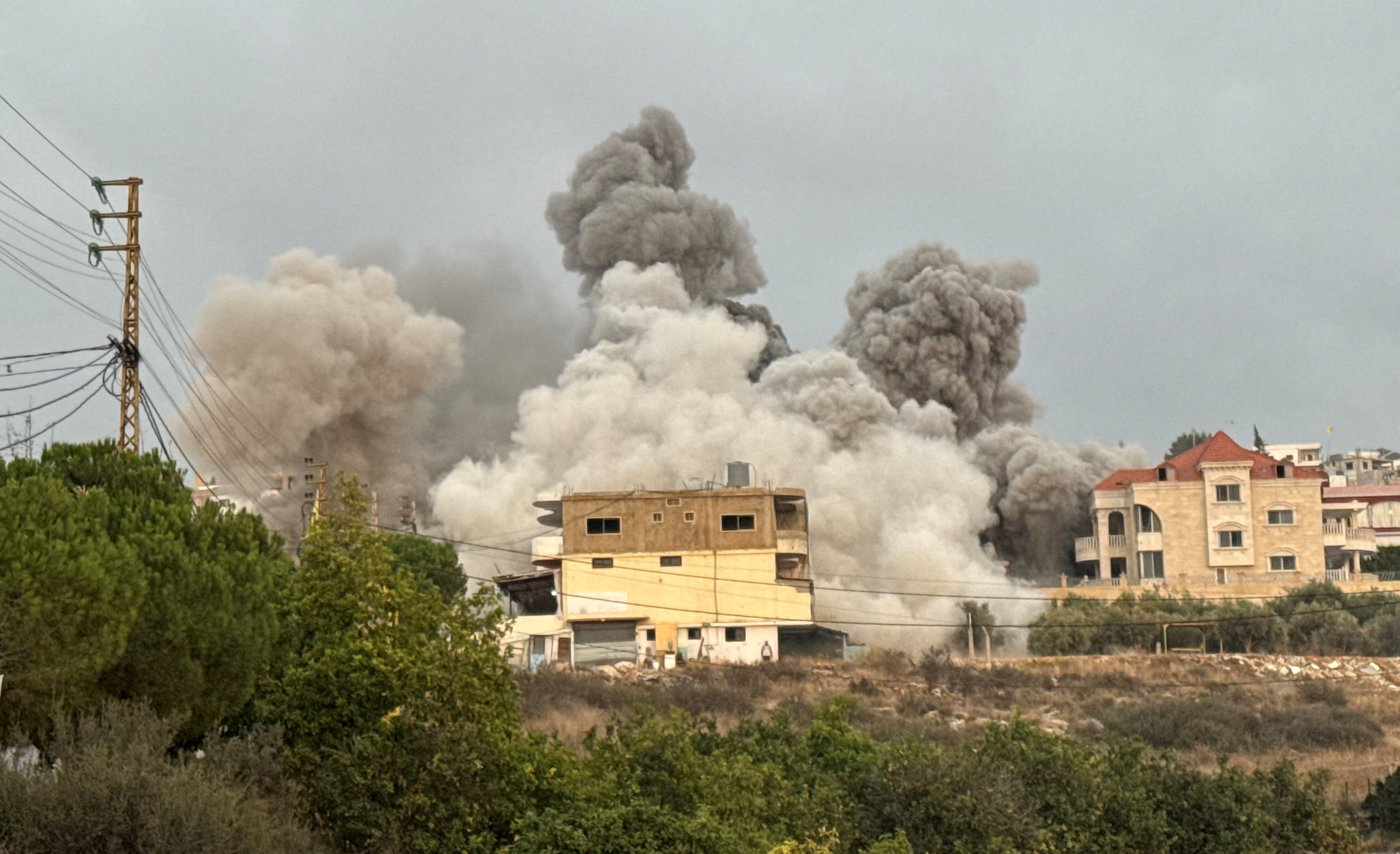A Dutch appeals court has dismissed an attempt by human rights organisations to stop the Netherlands from selling weapons to Israel.
Ten pro-Palestinian NGOs had filed a lawsuit accusing the Dutch state of doing too little to prevent what they described as “genocide” in Gaza with a “clearly unlawful” foreign policy towards Israel.
Recommended Stories
list of 3 itemsend of list
They urged judges to impose a blanket ban on weapons exports to Israel, a ban on exporting military dogs, and a ban on trading in the occupied territory.
A Dutch court rejected their case last year, saying the state has some leeway to decide its policies and courts should not rush to step in.
The NGOs had cited a January 2024 order to Israel by the International Court of Justice (ICJ) to prevent acts of genocide in Gaza. The UN’s top court said it was plausible that Palestinians were being deprived of some rights protected under the Genocide Convention.
On Thursday, the Hague Court of Appeal dismissed the groups’ appeal, saying that, although “there is a serious risk that Israel will commit genocide against the Palestinian population in Gaza,” the Dutch government has “considerable discretion” to determine foreign policy and issues of national security.
In a written ruling, the court said it could not order a blanket ban because the plaintiffs had not shown the government was routinely failing to consider whether exported arms or dual-use goods would be used to violate rights.
The court also ordered the organisations to pay legal costs.
“While it is plausible that there is a risk of genocide and serious human rights violations, it is not, in principle, up to the court to prescribe to the State what measures must be taken to prevent this,” said the court in a statement.
The group of NGOs were hoping the lawsuit would force the Dutch to stop sending weapons and trained police dogs to Israel and cut economic ties with businesses operating in occupied Palestinian territory. They argued that the Dutch state, as a signatory to the 1948 Genocide Convention, has a duty to take all reasonable measures at its disposal to prevent genocide.
However, while the court in The Hague said Thursday that the Netherlands did have that obligation under the Genocide Convention — noting there was “a grave risk” that Israel was committing genocide in Gaza — it ultimately ruled the Dutch government already did enough to discourage companies from working in occupied Palestinian territory.
The Dutch government has denied it violated the 1948 Genocide Convention, drawn up following World War II.
“Every cooperation is cautiously weighed,” government lawyer Reimer Veldhuis said during a hearing last year.
The Dutch government says it has halted most arms exports to Israel and only allows parts for defence systems, such as the Iron Dome.
Israel’s war on Gaza has killed at least 68,875 Palestinians and wounded 170,679 since October 2023. At least 1,139 people were killed in Israel during the October 7, 2023, Hamas-led attacks and more than 200 others taken captive.
